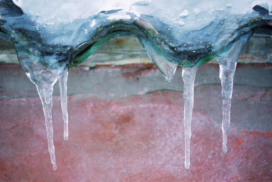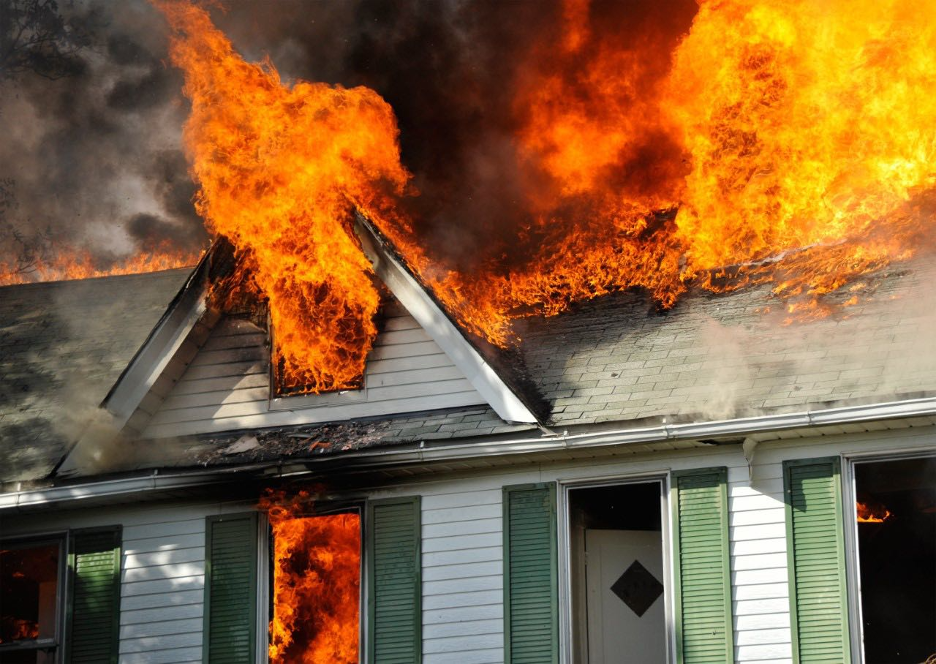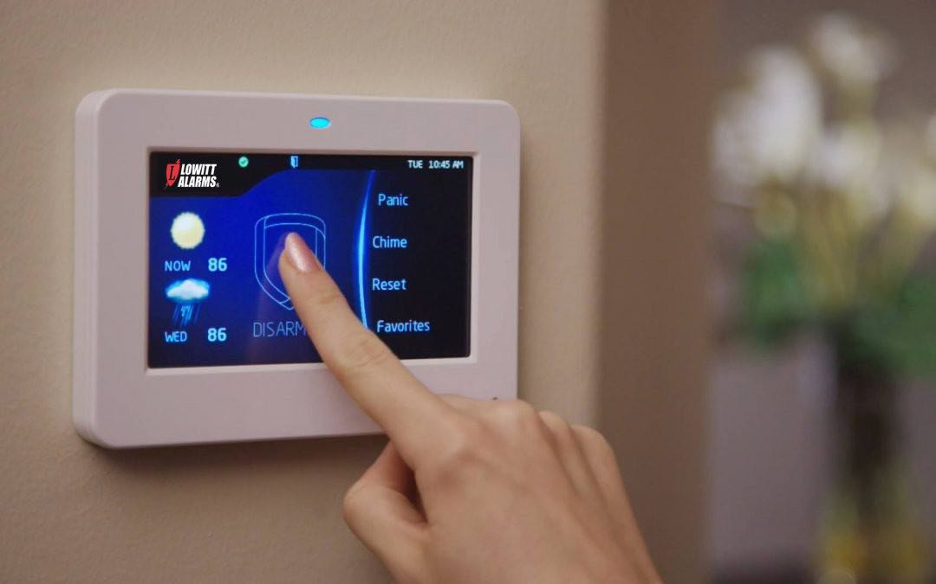
Does Your Business Have a Low-Temperature Detection System?
We’ll Show You How It Protects You This Winter
Weather can dip precipitously during our East Coast winters, and temperatures can take weeks to rise from freezing levels. These rapid fluctuations can cause pipe freezing, which in turn damages your property - and can even put your employees at risk.
Low-temperature detection often gets overlooked when business owners are installing their security systems. They assume that a frozen pipe won’t happen to them, especially if they follow the trusty rule of letting the faucet drip when the heat drops. However, what if you forget in your haste to leave the building, or the weather varies from the meteorologists’ predictions? Keep reading to see why we recommend low-temperature detection for businesses like yours.
SEE ALSO: What Protection Are You Getting from Your Business Alarm System?
How Do Low-Temperature Detection Systems Work?
It’s pretty simple: As soon as your temperature dips below a certain, pre-set threshold, your low-temperature detector will send you - and our monitoring center - a notification. Adding this system not only keeps your business from decreasing to an uncomfortable temperature but will also prevent pipe freezing from causing further damage. We’ll discuss water leaks and damage further below.
As with many of our other security tools, low-temperature alerts are set up for remote access, letting you take a vacation without worrying about your office. This feature especially comes in handy when many people leave for the same period of time, perhaps for a holiday vacation or during an all-staff meeting. Your low-temperature detection system connects to your climate control system, allowing you to adjust the heat from anywhere and avoid freeze and pipe damage.
Why Add These Detectors to Your Security Setup?
One of the greatest dangers of cold temperatures is a frozen pipe, and it’s also one of the most common causes of property insurance claims and significant expenses. The issue runs far deeper than a frozen plumbing line that blocks water from passing through. Freezing water expands, causing the frozen pipes to burst. This, in turn, can harm your whole building’s infrastructure and furnishings by flooding them with water.
Even a few inches of standing water from a leak could cost you thousands in restoration work, including hefty plumbing bills, furniture, wall and floor replacement, and much more. Enough water can even compromise your building’s structural integrity, leading to sagging floors or sunken roofs. Your employees can also suffer damages when excess water leads to mold and mildew.





